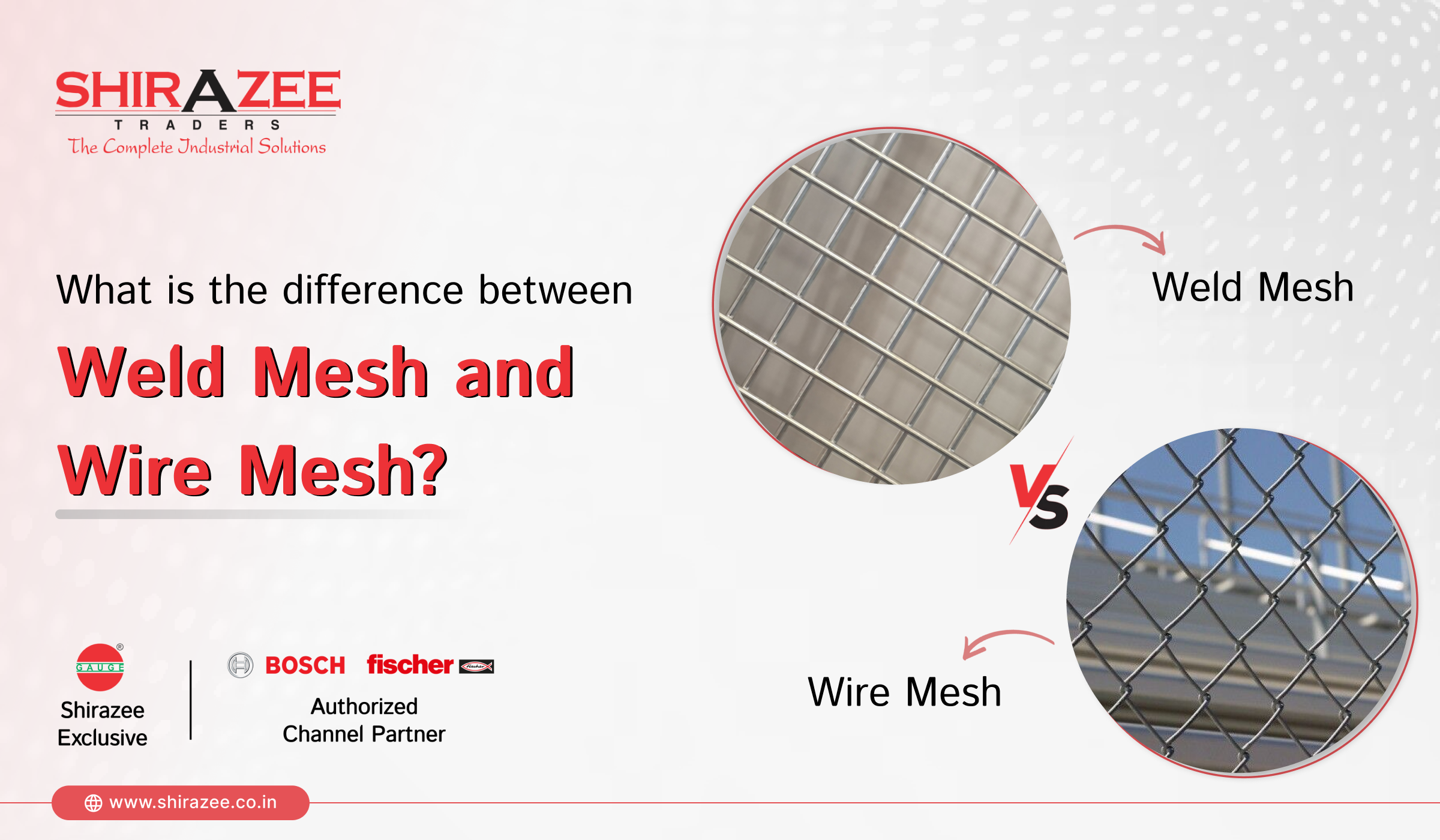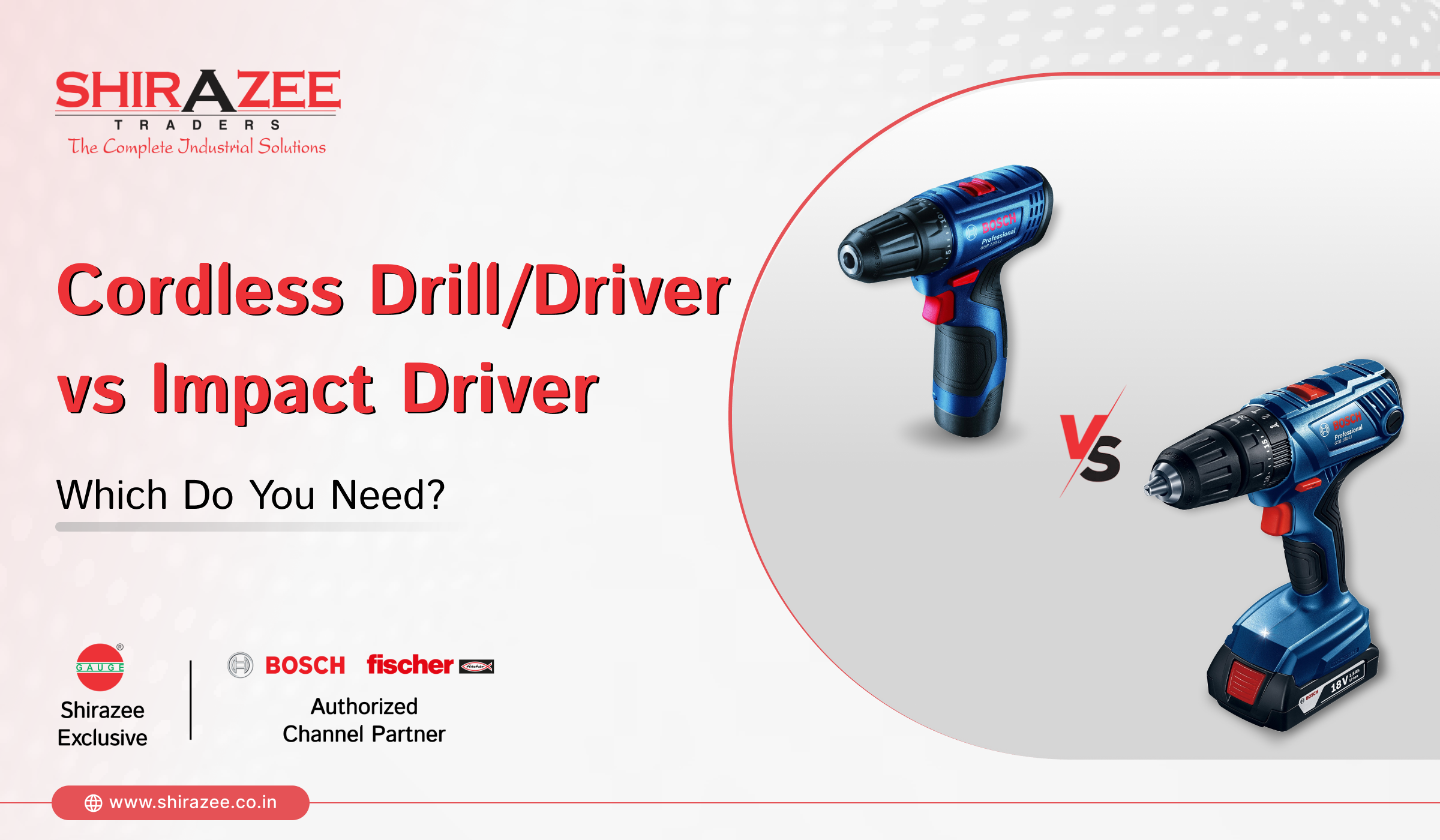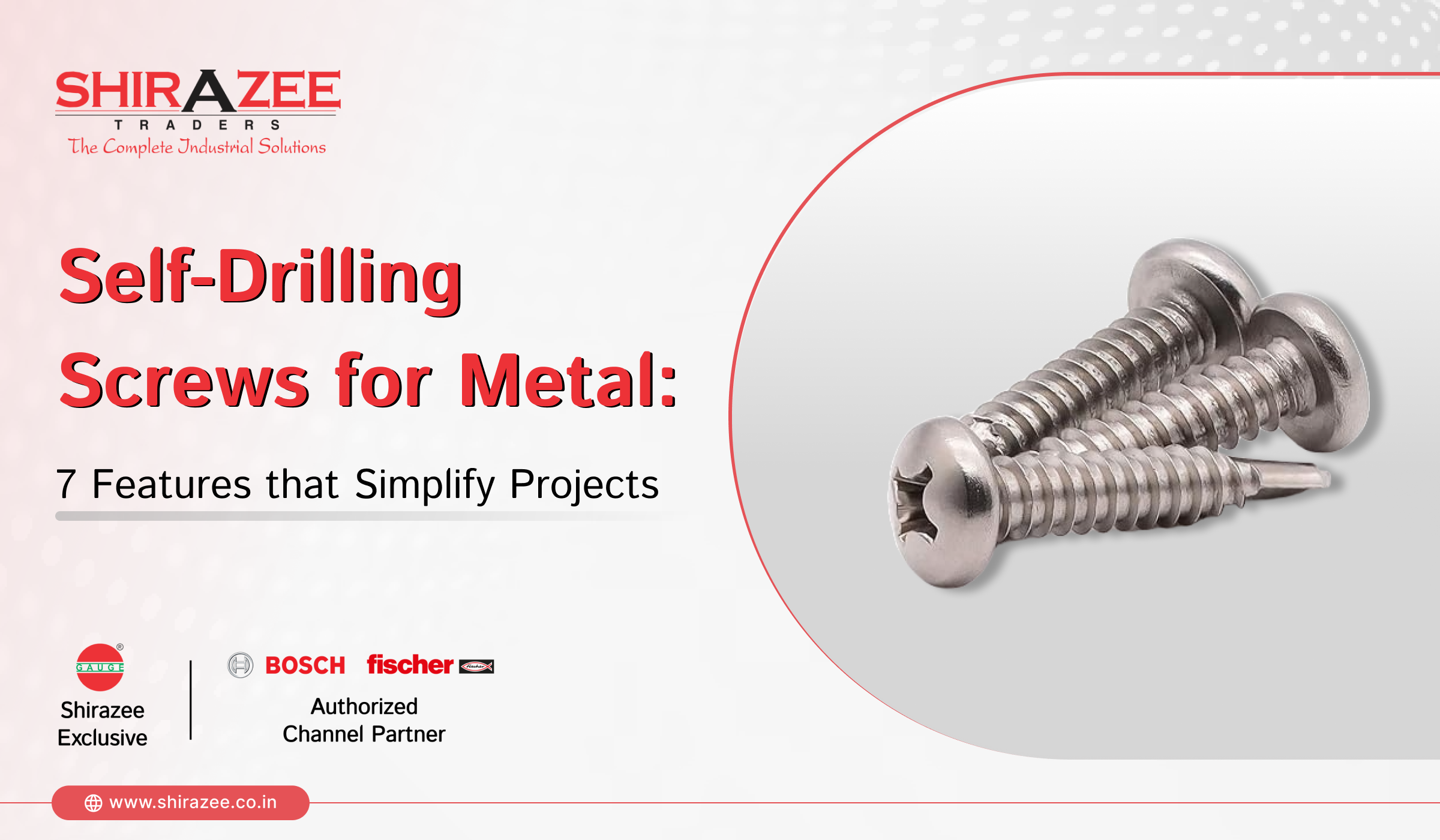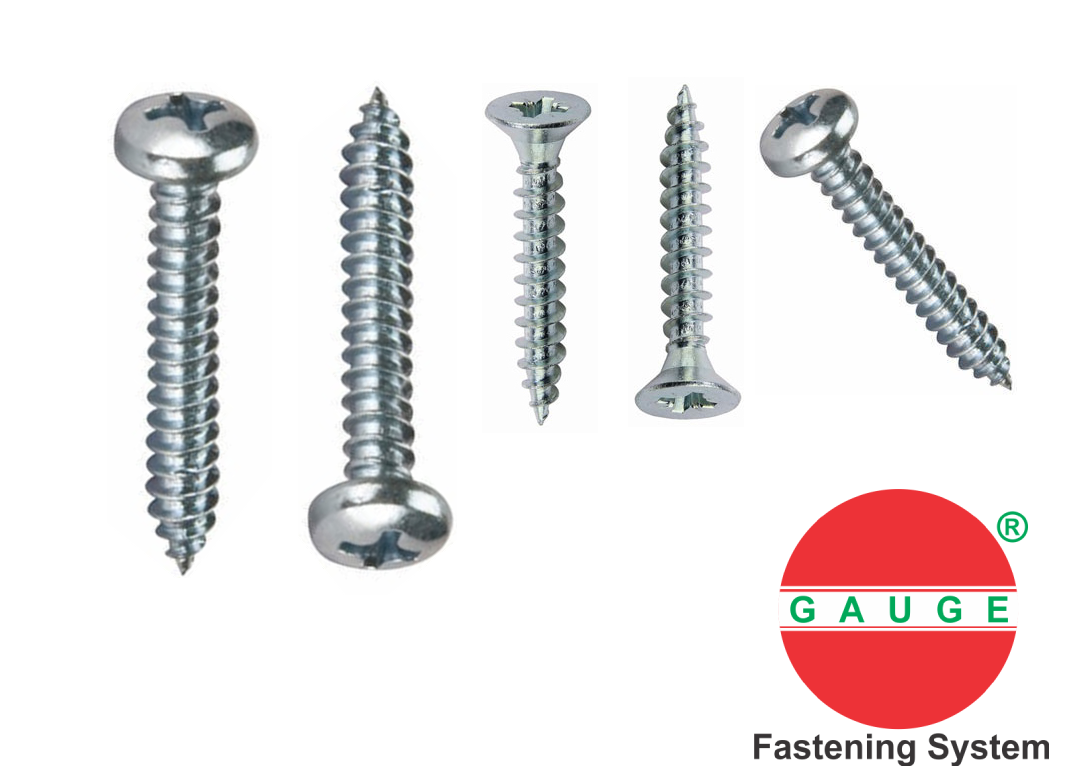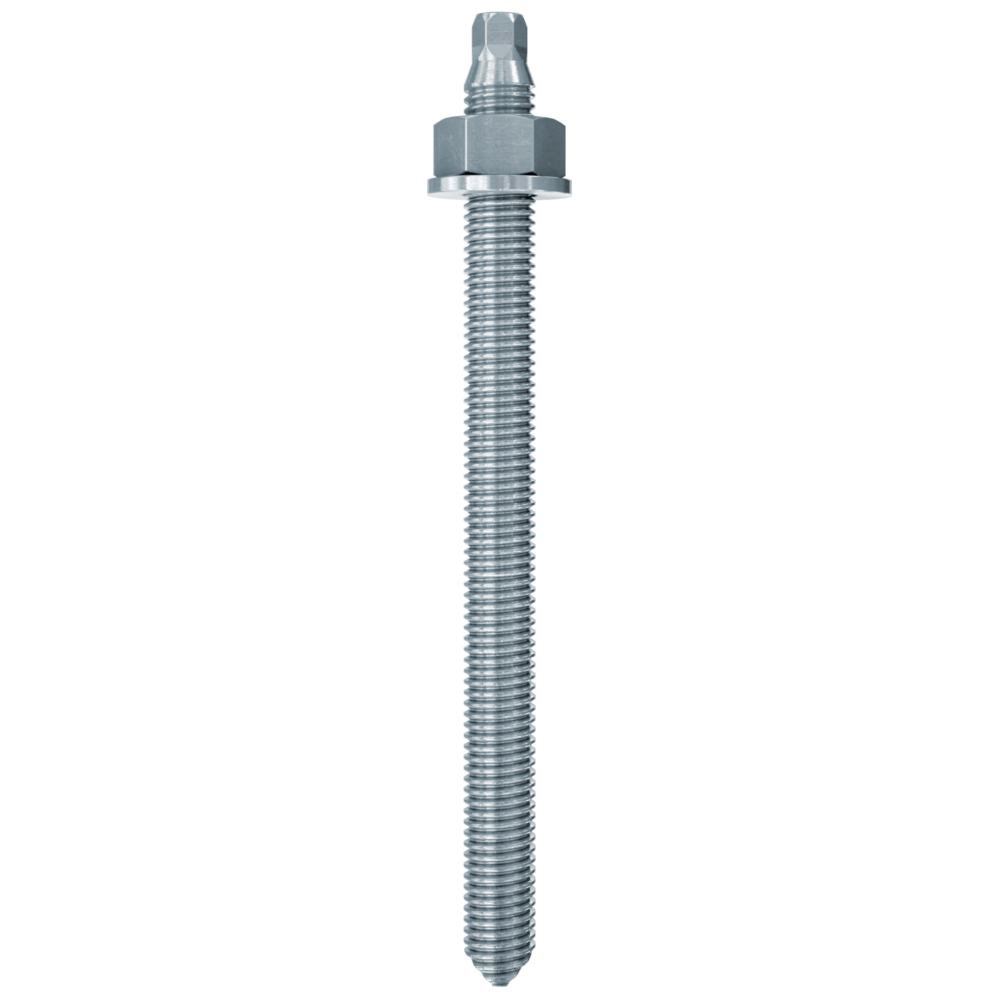
What are Abrasives? Types, Uses and Working
posted in Business, Industrial Equipment by admin
Abrasives play an unappreciated role in the world of building, industry, and do-it-yourself endeavors. These coarse materials are essential for shaping, polishing, and perfecting different surfaces and substances. In this thorough investigation of abrasives, we will learn what they are, the various varieties that are accessible, their numerous uses, and how they function to turn raw materials into completed goods. In order to be worn down, shape, or finish other materials, abrasives are substances with hard, uneven, and rough surfaces. Through the process of abrasion, they play a crucial role in changing the texture, shape, and surface of materials. Abrasives come in a variety of forms, including grains, powders, and goods like sandpaper and grinding wheels that have an abrasive coating.
Types of Abrasives
The most well-known abrasive is probably sandpaper, which is frequently used in metal and woodworking. It is made up of abrasive particles (often silicon carbide or aluminum oxide) that are attached to a paper or fabric backing. Different grits of sandpaper are available, with lower numbers signifying coarser abrasives and higher numbers signifying finer grits. For example, coarser grits of sandpaper are best for smoothing and polishing, whereas finer grits can be used to remove heavy materials.
Construction and industrial industries both rely on grinding wheels. These wheels are made of abrasive grains that have been joined together and rotate quickly to scrape material off of workpieces. Grinding wheels come in a variety of materials and abrasiveness levels; some are made for precision finishing while others are made for heavy-duty material removal. Cutting wheels are abrasives designed for slicing through materials like metal, concrete, or ceramic. They are frequently used with power tools. They are crucial for many industrial and construction activities because of their reputation for creating clean cuts with accuracy.
Emery is a hard, black, and granular substance that is used as the abrasive material in emery cloth, a particular kind of abrasive cloth. Emery cloth is a popular material in metalworking because of its strength and adaptability. The best abrasion materials available now are diamond abrasives. These abrasives, which are made of synthetic diamond particles, are incredibly hard and effective in cutting, grinding, and polishing tough materials like concrete, glass, and ceramics.
Uses of Abrasives
Abrasives are used in a variety of sectors, making them essential instruments in numerous operations. Abrasives are used in metalworking to sharpen, deburr, polish, and grind metal parts. For the production and machining of metal, necessary instruments include grinding wheels, abrasive belts, and discs. Sandpaper and other abrasives are used by woodworkers to shape and finish hardwood surfaces. In woodworking tasks, abrasives are useful for obtaining fine details, smoothing out rough wood, and removing outdated finishes. Abrasives are used in the construction sector for operations like surface preparation, grinding, and finishing. Concrete and other building materials can be cut and shaped with the help of diamond abrasives in particular. Abrasives are widely utilized in the automobile industry for operations like body panel sanding, metal surface polishing, and weld grinding. They aid in the creation of svelte, beautifully finished vehicles.
Abrasives are used by metal fabricators to form and finish metal components and structures. Grinding wheels and abrasive discs are used to smooth welds, make precise cuts, and polish metal surfaces. For homeowners and DIY enthusiasts, abrasives are essential. Abrasives enable a variety of home improvement projects, including sanding hardwood furniture and rust removal from metal objects. Abrasives are essential to precise engineering and manufacturing because they help produce components for aerospace, healthcare equipment, and other crucial applications with restricted tolerances, flawless surfaces, and high-quality finishes.
Working of Abrasives
It is essential for successful use of abrasives to comprehend how they operate. Abrasives work by mechanically removing material from a workpiece by friction, or according to the principle of abrasion. The workpiece is in touch with the abrasive substance. This initial contact is where the process begins, whether it’s sandpaper being rubbed against a hardwood surface or a grinding wheel making contact with metal. The force generated between the abrasive substance and the workpiece increases when pressure is applied to it. The workpiece material is chopped, ground, or worn away by the abrasive as a result of this pressure. The surface of the workpiece starts to be stripped away as the abrasive passes over it. The substance is gradually worn away as the abrasive grains or particles weaken the bonds holding it together.
Heat is produced by the abrasive process because of friction. Cooling mechanisms, such as coolant or lubricants, are sometimes employed in applications, particularly metalworking, to control heat and guard against harm to the workpiece and the abrasive. The procedure can provide a variety of surface finishes, from rough and coarse to smooth and polished, depending on the type of abrasive and the desired result. To produce the desired texture during finishing, gradually finer abrasives may be needed. Abrasive particles that have been worn down and debris are produced throughout the abrasive process. To keep the abrasive effective and produce the required polish, these byproducts must be removed effectively. The efficiency of abrasives relies on the abrasive type, tension, and the substance being abraded. They wear down material by mechanically rubbing against it.
Conclusion
Abrasives enable the conversion of the initial supplies into final goods, making them the unsung heroes of many industries. These scratchy materials, which range from diamond abrasives used in precise engineering to sandpaper used in woodworking, are essential for shaping, polishing, and refining surfaces. To achieve desired outcomes in manufacturing, building, and do-it-yourself projects, one must have a thorough understanding of the various kinds of abrasives, their extensive applications, and their working principles. The world of abrasives offers a wide variety of equipment for artisans and professionals alike, whether it be Bosch sandpaper for a woodworking job or strong grinding wheels for metal manufacturing.

